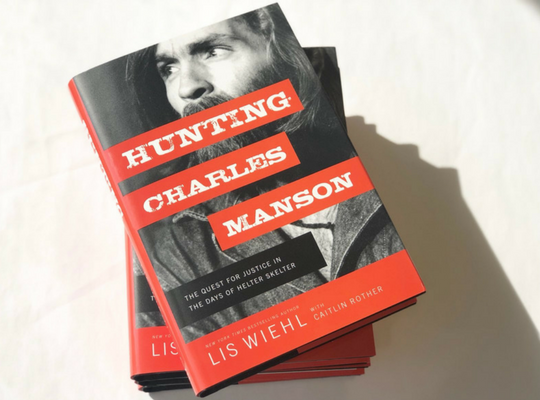In taking on the quest for justice in the tragedy that was the summer of 1969, I thought about what made Charlie Manson do what he did.
Those killings changed American culture. People who didn’t have home alarms quickly bought as fancy a system as they could afford. Mothers began walking their children to school. And parents and children alike had trouble falling asleep at night. Charlie Manson and his “children” robbed America of its innocence.
Nearly fifty years later, Charles “Tex” Watson, the man who carried out Manson’s murderous plans, was asked by a parole board commissioner, “What made a God-fearing, churchgoing young man from Texas move to California and commit the worst killings this state has ever seen?” The commissioner’s question was asked in a thunderous tone. He was met with silence from the prisoner and straight-on stares from family members of the victims. I could understand the silence. What answer could there be?
As the only reporter allowed in that parole hearing in California, I brought into the room fifteen years of national television crime reporting and, as a former federal prosecutor, hundreds of federal prosecutions. I am proud to be a third-generation federal prosecutor, after my father and grandfather before me. That same grandfather was also a judge, and my father had also served as an FBI agent. I have had a lifetime of law enforcement exposure and experience, and yet I was as bewildered as the parole commissioner by the crimes.
This mystery is part of the reason behind this reexamination of arguably the most notorious crime in American history. How could it have happened? I also wanted to explore the process by which justice was done. The Christian tradition, of which I am a part, has justice at its center, a consequence of the belief that God will ultimately put all things right. We should take seriously the process by which our governments work to see justice accomplished, and this book—as well as subsequent books in this series—attempts to do just that.
As a result of my legal experience, I knew when embarking on this quest what law enforcement agents on the scene in 1969 would have or should have been looking for, which made my discoveries of what they actually did all the more shocking. I knew what the lead prosecutor, Vincent Bugliosi, was attempting to do with his various motions and strategies, and how successful he was or was not. (Long after the Manson case, I got to know Bugliosi when he asked for assistance in writing a book about the Supreme Court.) And my television crime reporting experience was invaluable as I researched, wrote, and analyzed the defense’s case and the various alternative theories about the crime.
Investigative journalist and true crime author Caitlin Rother brought thirty years of research and storytelling experience, as well as a breadth of knowledge about the criminal justice system, addiction, and mental illness. We agreed to approach the “known” sources—including the criminal case files—with fresh eyes. But we also set out with the goal of uncovering new details that would enhance readers’ overall understanding of the case. I believe the book does just that, offering new and illuminating material that will not only surprise but possibly even astonish the reader.
In the end, I’m not sure we will ever be able to answer definitively the question of why. But I do believe HUNTING CHARLES MANSON brings us closer than ever before. Thank you for reading.
